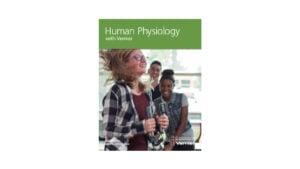
Introduction
Homeostasis refers to the body’s ability to maintain internal conditions (e.g., temperature, pH, hydration) within the narrow limits that are optimal for the continuation of metabolic processes. When these optimal conditions are disturbed by a change in the environment, body systems work to return them to normal.
Many of the chemical reactions and cellular processes necessary to sustain human life occur most readily at a body temperature of approximately 37.0°C (98.6°F). Homeostatic mechanisms work to maintain this temperature, regardless of changes in the external environment. Changes in temperature are sensed by the skin, which is well-designed to counteract these changes. Beneath the protective epidermal layer of the skin lies the dermis, which contains sweat and oil glands and a rich blood supply.
Objectives
In this experiment, you will
- Compare the rate of recovery from cold in two different skin regions.
- Correlate rate of recovery with vascularity.
Sensors and Equipment
This experiment features the following sensors and equipment. Additional equipment may be required.
Ready to Experiment?
Ask an Expert
Get answers to your questions about how to teach this experiment with our support team.
- Call toll-free: 888-837-6437
- Chat with Us
- Email support@vernier.com
Purchase the Lab Book
This experiment is #2 of Human Physiology with Vernier. The experiment in the book includes student instructions as well as instructor information for set up, helpful hints, and sample graphs and data.


